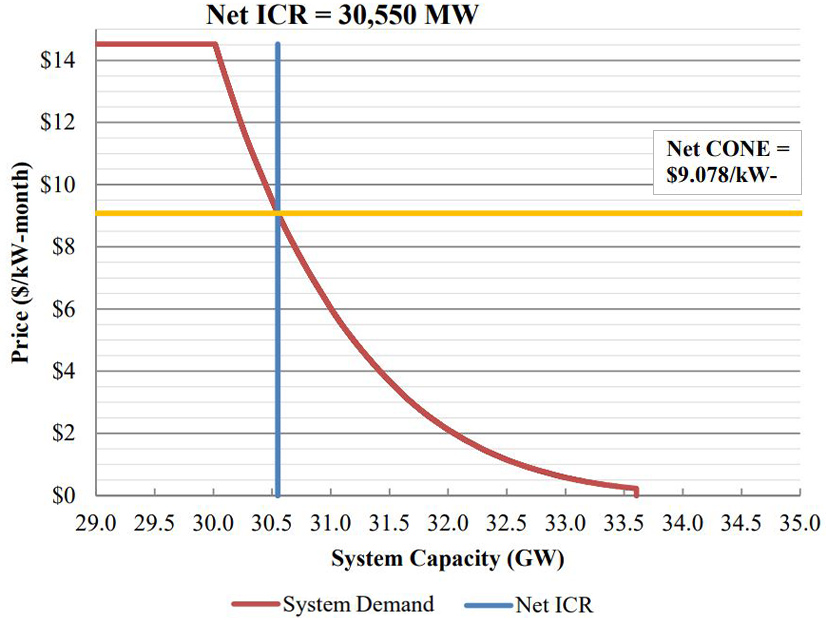FERC is poised to levy $27 million in penalties on a Texas-based LLC meant to sell in-car ketchup holders that collected more than $1 million in undeserved MISO demand response payments.
The commission issued a show-cause order Feb. 21 to Ketchup Caddy LLC and CEO and owner Philip Mango, indicating it will assess $25 million in civil penalties on Ketchup Caddy, $1.5 million in civil penalties on Mango and order Mango to disgorge $506,502, plus interest, in unjust profits for bogus load reductions unless he can offer an explanation (IN23-14).
FERC’s Office of Enforcement concluded that Ketchup Caddy is a “fraudulent enterprise with no legitimate market activity, registering and clearing demand response resources without their knowledge or consent and collecting capacity payments in turn, without making payments to the registered resources.” Enforcement staff said Mango “made no attempt to contract with — or even to contact — legitimate customers, and the purported customers Ketchup Caddy registered with MISO would not have responded if dispatched.”
According to enforcement staff, Ketchup Caddy, Mango and co-founder Todd Meinershagen collected more than $1 million in fraudulent capacity payments beginning with the 2019/20 MISO capacity auction. In doing so, the company denied other MISO suppliers the opportunity to earn more than $17.6 million because its fraudulent offers suppressed capacity prices in the 2019/20, 2020/21 and 2021/22 MISO Planning Resource Auctions. The company received weekly capacity payments until October 2021, when MISO became aware of the scheme and removed Ketchup Caddy from its capacity market.
Mango admitted to having no intention of enrolling actual customers, FERC staff said, and neither he nor Meinershagen attempted to defend their actions.
Meinershagen already agreed to pay more than $525,000, including interest, for his role in the market manipulation as part of a December 2022 settlement agreement.
Meinershagen, a computer programmer, reportedly used a random number generator on an Ameren website to land on actual customer accounts and “scrape” customer data. Staff said it was Mango’s responsibility to contact customers and convince them to participate in a demand response program with zero payout to them and 100% going to Ketchup Caddy. Mango said he never contacted potential demand response customers and never attempted to draft contracts because there was no way customers were going to agree to accept nothing. By early 2019, he had run out of time and fraudulently registered unwitting customers.
“We were accepted in late February and had 48 hours to load customers into the MISO program before it closed,” Mango said of his experience registering demand response with MISO.
FERC staff said Ketchup Caddy cleared 211.1 MW in the 2019/20 MISO capacity auction, 303.2 MW in the 2020/21 auction and 372.3 MW in the 2021/22 auction. The commission said Ketchup Caddy’s false registrations and offers went under the radar because MISO didn’t order curtailment in any of those planning years and only required “mock tests to verify performance.”
Mango said he was looking for “essentially free money, no harm to the customer” and told staff that he planned to“[d]o this for just a couple of years, make a bunch of money to put kids through school and do all those things, and no one’s hurt. Do it with the least amount of resource possible, the least amount of money invested.”
Mango reportedly admitted that his company didn’t provide any value to the MISO market and any “reasonable person” would conclude that his actions were illegal. Mango also said he kept Meinershagen in the dark” and created a “mirage” to make him believe that Ketchup Caddy was legitimate.
“Upon further reflection, I realize the egregiousness and the error of my ways,” he told FERC staff.
Ketchup Caddy’s LinkedIn page routes to a distributor page for Plexus, a multilevel marketing company that deals in dietary supplements. MISO recognized Ketchup Caddy as a market participant in late 2018. The Frisco, Texas-based company was originally created by Mango to sell an in-car ketchup holder he invented.
FERC gave Mango 30 days to respond to its order. Mango can choose between a prompt penalty assessment, or he can plead his case at an administrative hearing before an administrative law judge.
This is the third time companies have been caught manipulating MISO’s demand response program and collecting unjustified payments, with penalties set to reach several million dollars.
In January, FERC’s Office of Enforcement found that an air separation facility in Indiana accepted payments for phantom load reductions. It ordered Northern Indiana Public Service Co. and the U.S. arm of U.K.-based chemical company Linde Inc. to pay $66.7 million to settle charges it gamed MISO’s demand response program. In that case, FERC found that Linde’s Calumet Area Pipeline Operations Center in northwest Indiana would operate some equipment in the facility needlessly and vent gases it distilled back into the atmosphere, solely for the purposes of raising its registered baseline electricity use with MISO. (See FERC Orders $66.7M in Penalties and Disgorgement on Linde and NIPSCO.)
Last year, FERC ordered an Arkansas steel mill and Entergy Arkansas to return a $35 million settlement for the steel mill’s yearslong failure to reduce electricity use as a demand response resource. Soon after, MISO’s Independent Market Monitor recommended the RTO implement demand response offer floors and attestations of expected levels of energy consumption to ward off similar DR schemes in the future. (See IMM Presses MISO for New Rules After DR Market Gaming.)

